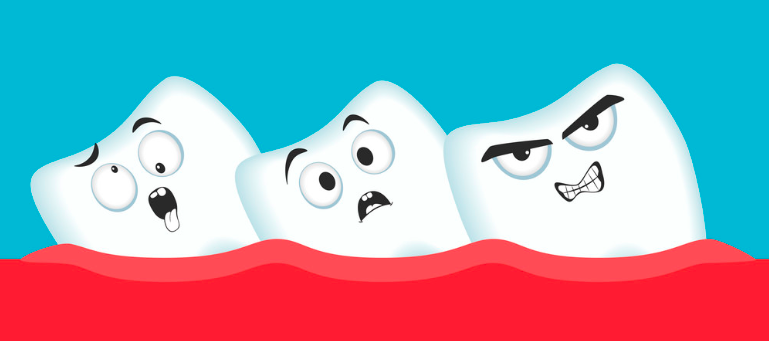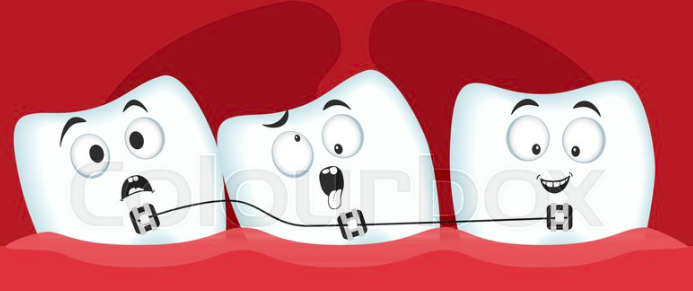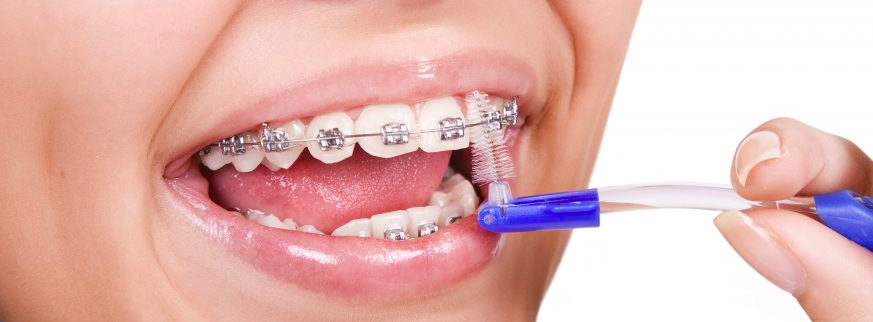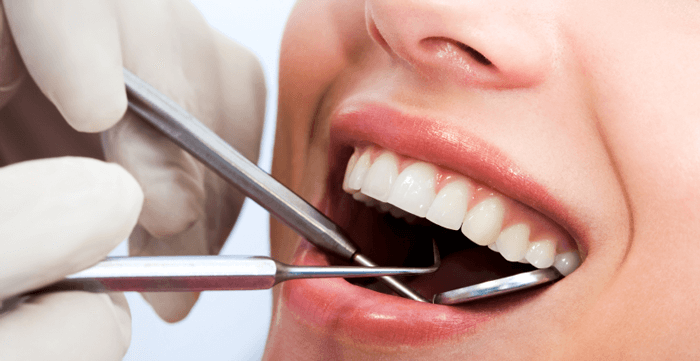
Orthodontics
Orthodontics is a dental industry whose job is to correct malocclusion in order to improve teeth functional and esthetical qualities.
We invite everyone to get acquainted with ABC in orthodontics!

Orthodontics is a dental industry whose job is to correct malocclusion in order to improve teeth functional and esthetical qualities.
We invite everyone to get acquainted with ABC in orthodontics!
Orthodontic treatment is necessary when there is-







In orthodontic treatment, malocclusion can be corrected using the following methods:
1. Removable or fixed appliances
2. Braces
3. Dental regulation with aligner invisalign full
4.Tooth extraction
5. Orthognatic (jaw) surgery
Cart is empty.